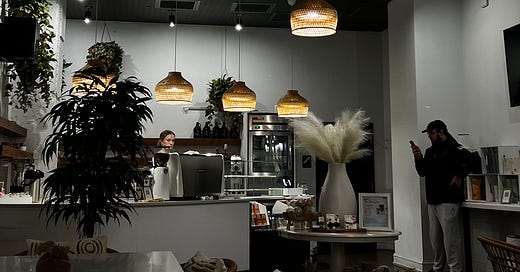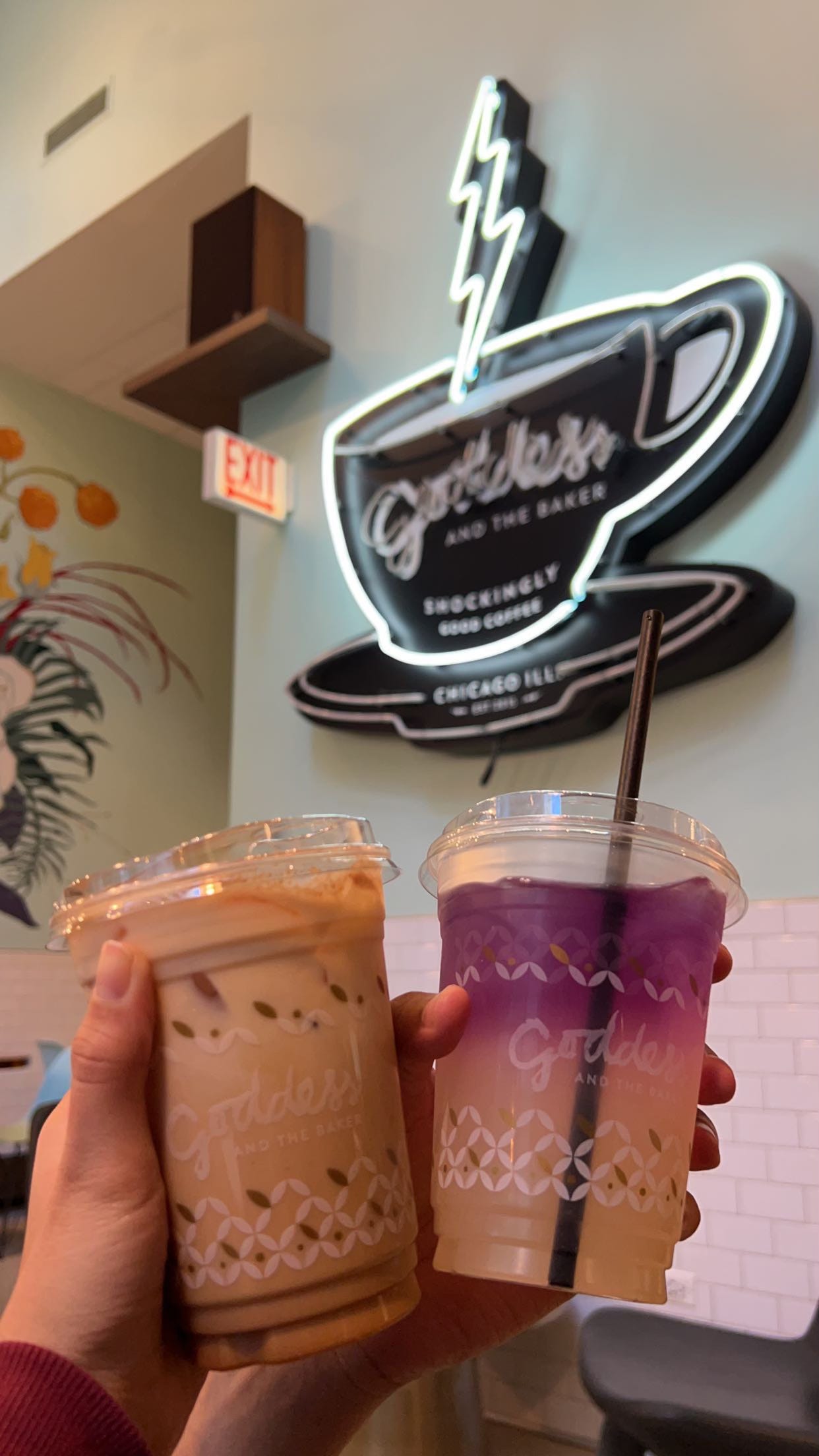The Evolution of Coffee Culture
The familiar scene of bustling coffee shops is undergoing a quiet but significant transformation that involves the essence of our daily cup of joe: the milk. As the demand for alternative milk, such as oat milk, almond milk, and coconut milk, continues to soar, coffee shops are adapting their menus to cater to this rapidly increasing trend. In this feature, we will explore why consumers opt for plant-based alternatives, how coffee shops adapt, and the eco-friendly implications of this shift.
The increasing popularity of alternative milk significantly shifts consumer preferences and dietary habits. With sustainability and health concerns driving choices, the alt-milk trend is not just a passing fad but a fundamental transformation in how we consume and perceive beverages. This societal trend and increased awareness of dairy allergies and lactose intolerance have fueled the demand for alternative milk. Additionally, with social media amplifying trends at an unprecedented rate, the alt-milk movement has gained momentum, influencing consumer choices and industry practices.
The Plant-Based Wave: Understanding the Shift Towards Alt-Milk
To gain firsthand insights into the alt-milk trend, I spoke with Eric Vawda, who manages Goddess and the Baker, a popular coffee spot in the heart of Chicago. As the manager, he’s witnessed firsthand the shift in consumer preferences toward alternative milk.
“Oh my God, huge, huge!” he exclaims when asked about the demand for oat and almond milk. “It went from an abundance of 2% whole milk to over 50%, closer to 70%, preferring oat or almond milk.” For Eric, the change isn't just about dietary preferences; it's personal. “I’m trying to avoid dairy as much as I can. If I’m taking in more dairy, I wear it on my waist,” he chuckles.
Andrew Orrego, a former barista and current DePaul junior, echoes Eric’s observations. “More people lean towards almond and oat milk and less towards soy milk,” he notes. As a lactose intolerant individual, Andrew sees the shift towards alt-milk as a positive change. “It’s a shame that Starbucks and other franchises upcharge for these kinds of milk, but I think it's a positive thing.”
Millennials and Gen Z, in particular, are shifting towards plant-based alternatives. Concerned about animal welfare and the environmental impact of dairy farming, they’re seeking more sustainable options. “They’re shunning cow’s milk because they perceive cows to be maltreated and damaging the environment,” explains a recent report.
Beyond the Basics: Exploring Unique Options
While oat and almond milk have dominated headlines, coffee shops are increasingly experimenting with lesser-known alternatives like sesame and macadamia milk. These innovative options offer unique flavors and nutritional profiles, catering to diverse consumer preferences.
As coffee shops adapt to meet the demand for alt-milk, they’re not just offering a beverage but shaping a cultural movement. From the Mayan mocha with macadamia milk to the creamy pistachio latte, alternative milk redefines the coffee experience.
“For us, it’s about offering options that appeal to everyone and doing our part for the planet,” explains Vawda. “We want to offer alternatives to appease all our masses,” he adds with a smile.
Along with cafes, we can also see consumers trying out alternative milk at home, and making different recipes, as shown in this Instagram reel:
From the creamy texture of macadamia milk to the earthy notes of sesame milk, these alternatives provide an enticing array of choices for coffee enthusiasts. However, challenges persist in sourcing and incorporating alternative milk into coffee shop operations.
Eric Vawda acknowledges the logistical hurdles, including supply shortages and fluctuating demand for specific varieties like macadamia milk, “Right now, most of the city of Chicago is short on macadamia milk, so we probably won’t see any until next week, and that happens all the time,” he shares.
Conclusion: Shaping the Future of Coffee Culture







